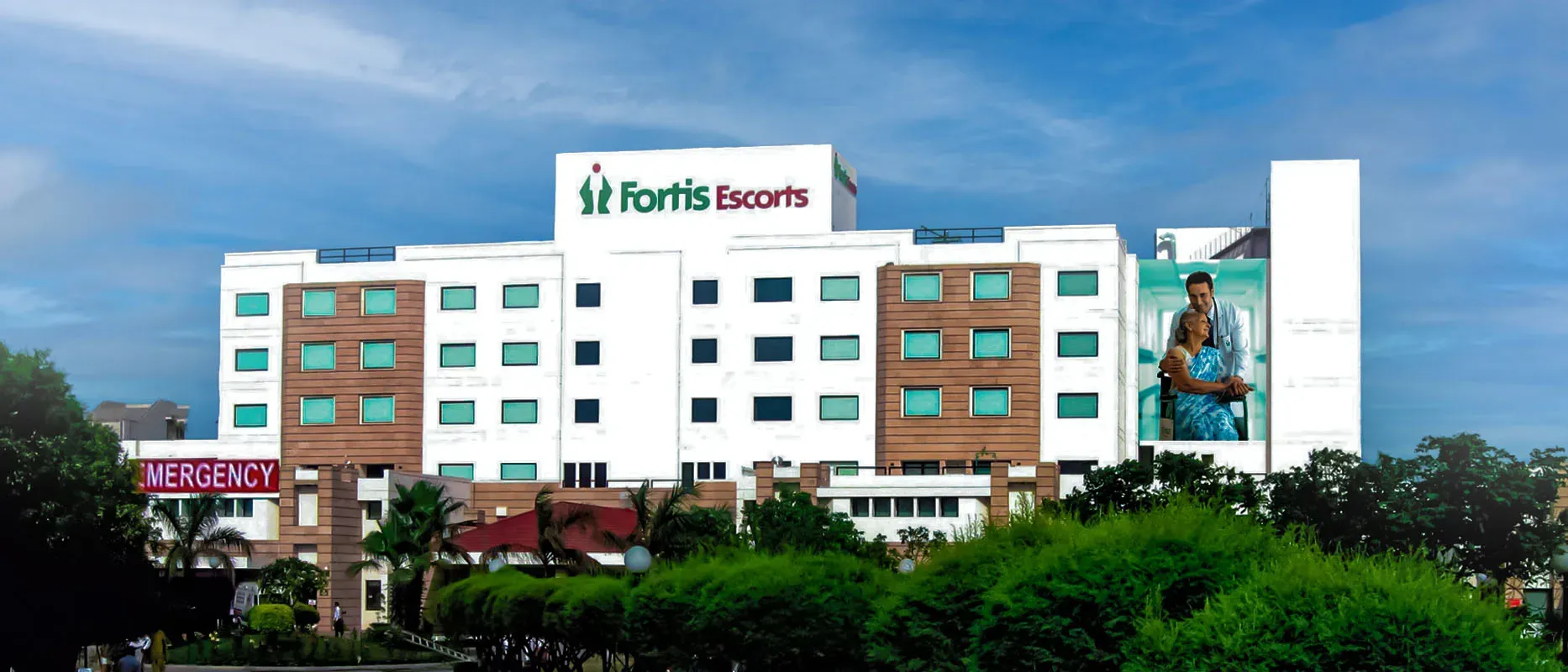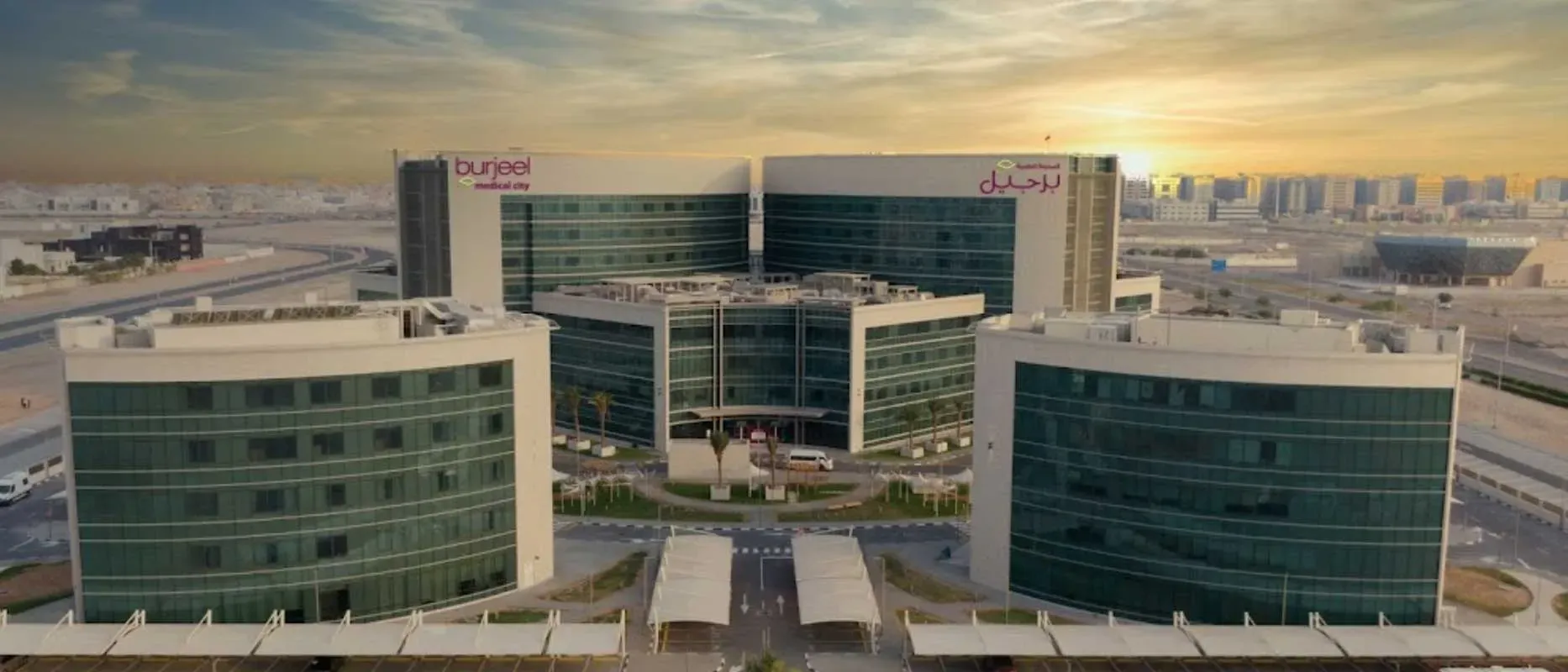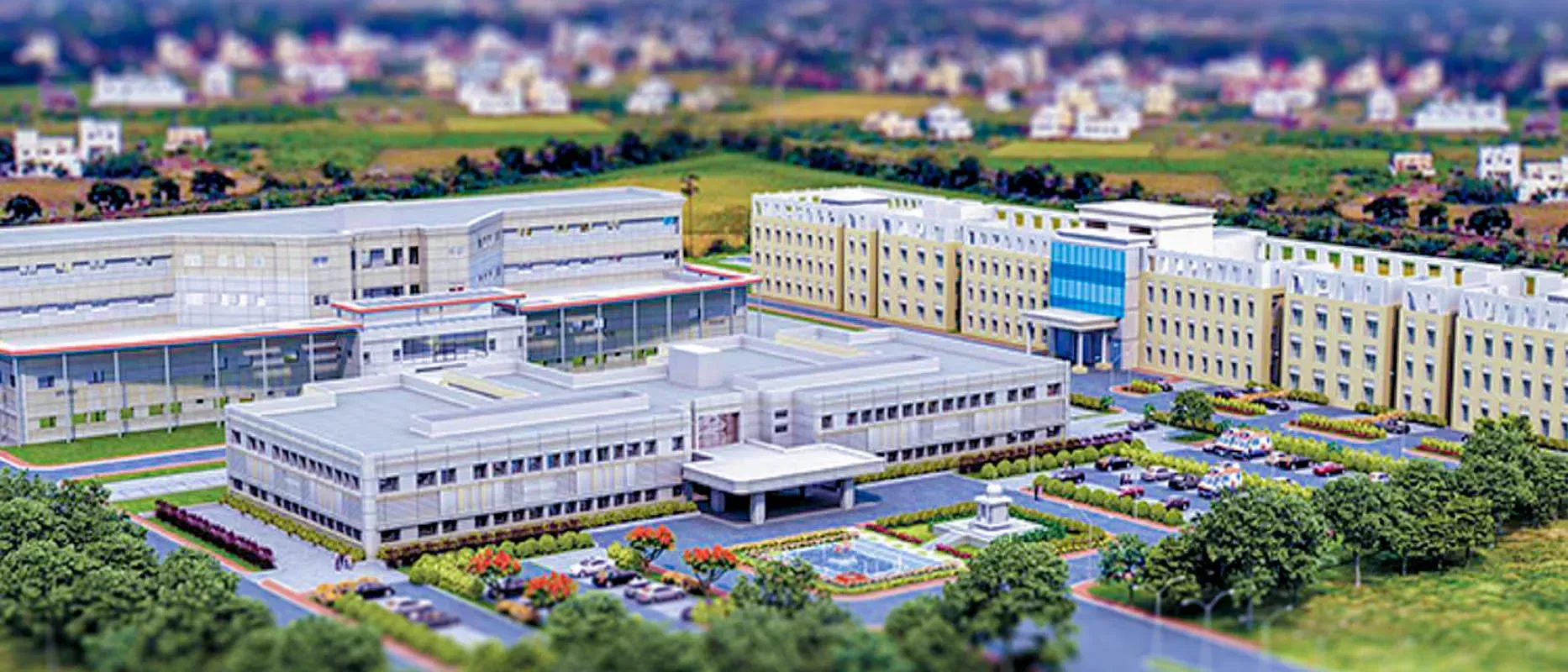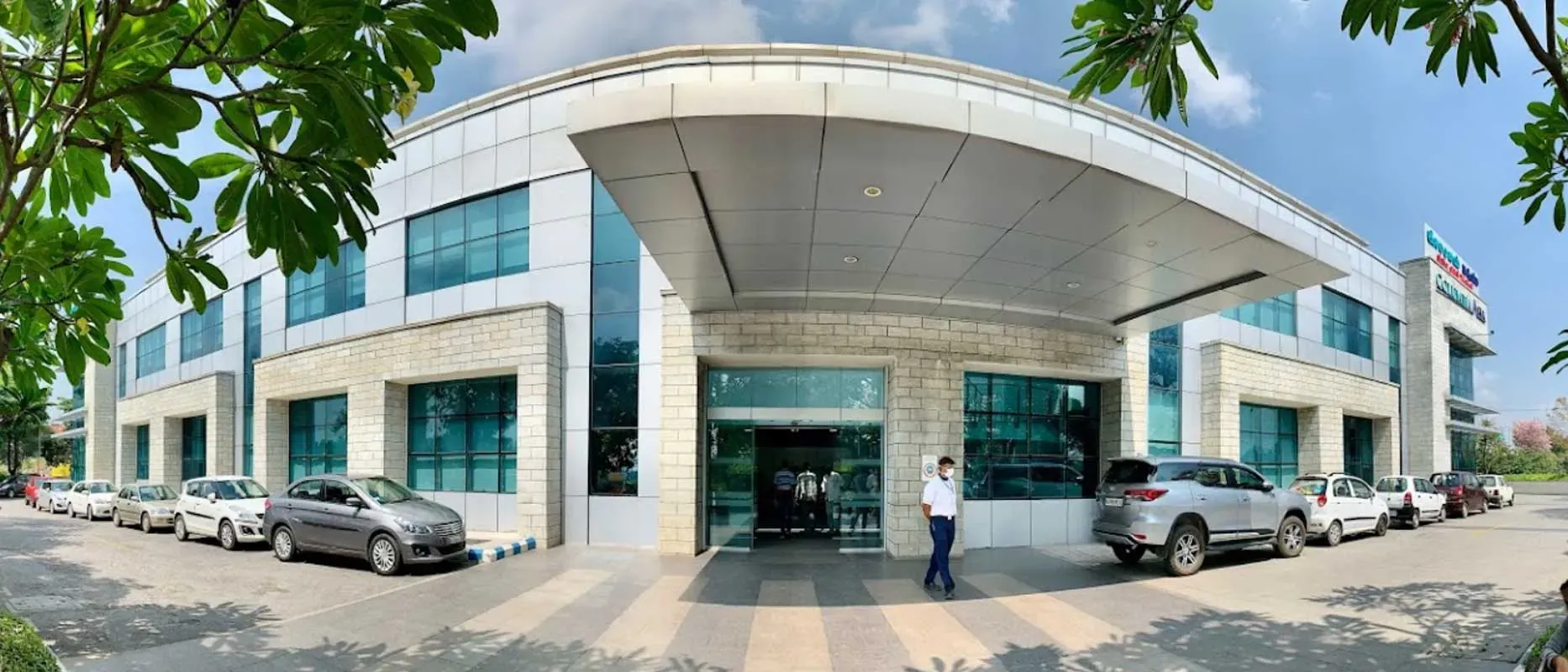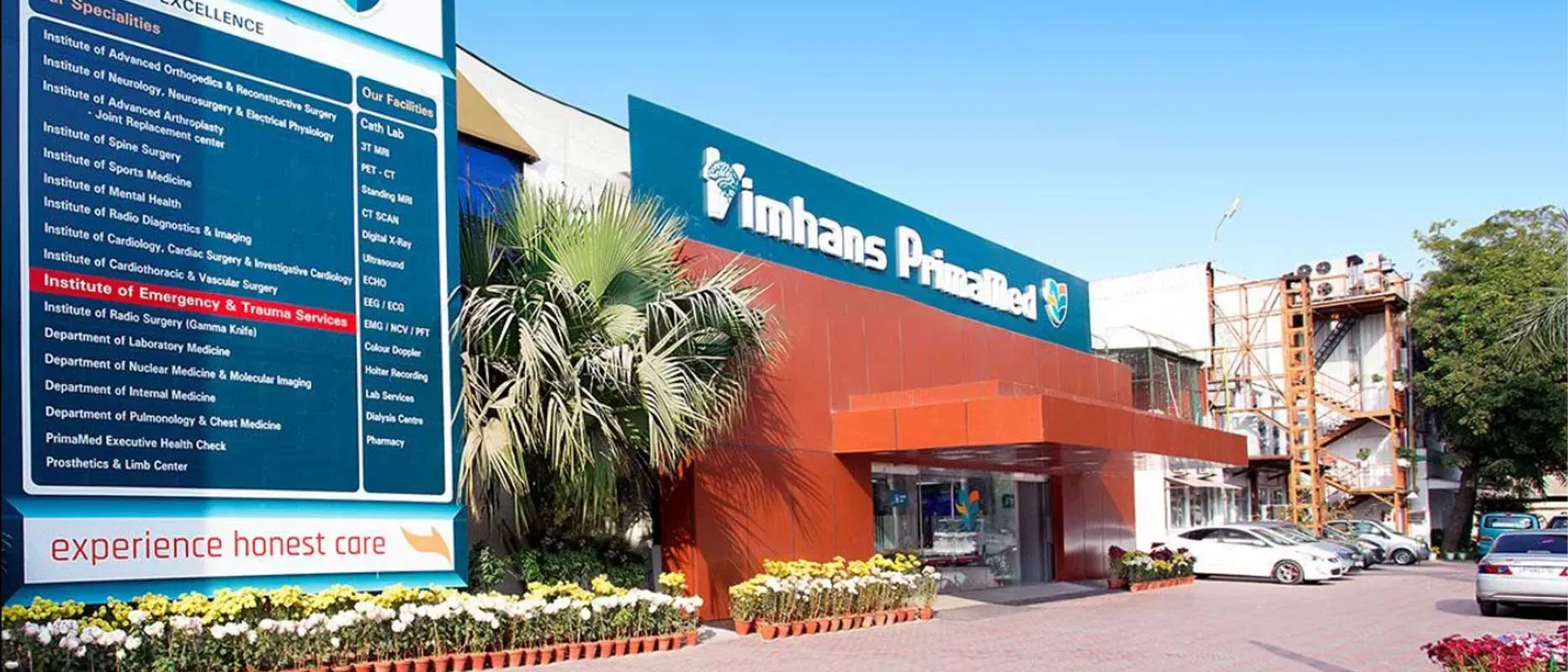Overview of Deep Brain Stimulation Treatment India
Deep brain stimulation is a procedure in which the electrodes are placed in different areas of the brain for stimulation. Sometimes the brain generates the abnormal nerve impulses that in turn generate the abnormal response in the body. These electrodes are then placed to control these abnormal impulses in order to prevent the abnormal response of the body. The electrodes are connected to the device which is like a pacemaker and its function is to control the amount of stimulation in deep brain stimulation treatment. Pacemaker is placed in the chest area and under the skin. The wire from the pacemaker runs under the skin and towards the brain where it is connected to the electrodes for deep brain stimulation. Deep brain stimulation is used for degenerative disorders of the brain, movement disorders and the conditions in which abnormal impulses generate in the brain like epilepsy. Deep brain stimulation treatment is used when all the aggressive medications fail to treat the condition and there is no additional way for treatment. Although deep brain stimulation is considered low-risk, still it has many risks and complications that should be managed otherwise it can lead to life threatening conditions like stroke. Deep brain stimulation is always performed when the benefits for the surgery weigh more than the risks and complications.
Types of Deep Brain Stimulation Treatment India
The types of deep brain stimulation include:
- Stereotactic Deep Brain Stimulation
- Image-guided Deep Brain Stimulation
- Awake Deep Brain Stimulation
- Asleep Deep Brain Stimulation
Stereotactic Deep Brain Stimulation
This type of surgery involves the patient being off their medication during the procedure. A head frame is used to stabilize the head and provide coordinates for guiding the lead to the targeted brain location. Local anesthesia is administered to keep the patient comfortable, and a mild sedative helps them relax throughout the process.
Image-guided Deep Brain Stimulation
In image-guided Deep Brain Stimulation surgery, such as with interventional MRI or CT scan, the patient is typically asleep under general anesthesia. The surgeon uses images of the patient's brain to precisely guide the placement of the Deep Brain Stimulation to the desired target region.
Awake Deep Brain Stimulation
Awake deep brain stimulation surgery is the standard approach, during which the patient is conscious, and is required to temporarily stop taking the medications for disease. The patient actively participates in the surgery by performing tasks to help guide the placement of the Deep Brain Stimulation electrode in the precise location of the brain. However, being awake during surgery or being off medication may be unsettling for some individuals.
Asleep Deep Brain Stimulation
An alternative option called asleep Deep Brain Stimulation is also performed in clinical settings. Asleep Deep Brain Stimulation surgery is performed while the patient is unconscious and under general anesthesia. The procedure takes place inside an MRI or CT scanner, allowing for accurate targeting and verification of the placement of the Deep Brain Stimulation electrodes.
Procedure of Deep Brain Stimulation
Here is the general procedure of Deep Brain Stimulation:
Preoperative Evaluation: Before the surgery, a thorough evaluation is conducted to assess the suitability for Deep Brain Stimulation. This may involve the medical history, performing a physical examination, and conducting diagnostic tests such as MRI or CT scans to identify the appropriate brain target.
Target Selection: The specific brain target for stimulation is determined based on the diagnosed condition, symptoms, and response to medication. The target may vary depending on the individual case and the brain disorder which is being treated.
Surgical Planning: Advanced imaging techniques, such as MRI or CT scans, are used to plan the angles and coordinates for electrode placement. This planning helps ensure precise placement and minimizes the risk to surrounding brain structures.
Anesthesia: Anesthesia will be administered, depending on the chosen approach such as awake or asleep Deep Brain stimulation. If awake, local anesthesia and a mild sedative may be used.
Electrode Implantation: The neurosurgeon creates small openings in the skull, through which thin electrode wires are inserted into the targeted brain region. The placement of electrodes is guided by imaging, electrophysiological recordings, and patient feedback in the case of awake Deep Brain Stimulation.
Stimulator Implantation: The neurostimulator is a pacemaker-like device that delivers electrical impulses to the brain. After the electrodes placement, a small incision is made in the chest for implanting the neurostimulator that generates impulses.
Programming and Testing: After some time of surgery, several programming sessions are scheduled to optimize the stimulation settings. A neurologist adjusts the stimulation parameters to find the most effective and comfortable settings that alleviate symptoms and minimize the side effects.
Follow-up Care: Regular follow-up appointments are necessary to monitor progress and make any necessary adjustments to the settings. It ensures the long-term success of the Deep Brain Stimulation treatment.
Diagnosis of Deep Brain Stimulation Treatment India
Cost of Deep Brain Stimulation in India
The cost of deep brain stimulation in India ranges from 18,000 USD to 31,000 USD. It depends on the type of batteries used in the surgical procedure. The non-rechargeable batteries are of low cost but may need to be replaced after some time. But rechargeable batteries are costly and do not need to be replaced after some time.
| Treatment Costs in India |
Min in USD |
Max in USD |
| Deep Brain Stimulation (non-rechargeable batteries) |
18254 USD |
16339 USD |
| Deep Brain Stimulation (rechargeable batteries) |
28000 USD |
31000 USD |
Symptoms and Risk factors
Some of the diseases or conditions in which the Deep Brain Stimulation is indicated, are:
- Parkinson's disease
- Essential tremor
- Dystonia
- Obsessive-compulsive disorder (OCD)
- Tourette syndrome
- Epilepsy (specifically, certain types of medically refractory epilepsy)
- Major depressive disorder
- Chronic pain
- Huntington's disease
- Multiple sclerosis (MS) tremor
- Post-stroke movement disorders
- Tardive dyskinesia
- Alzheimer’s disease
Risk Factors of Deep Brain Stimulation
Although the deep brain stimulation is low risk surgical treatment but still it has some risk factors which are:
Surgical Risks
Deep Brain Stimulation involves a surgical procedure that carries risks such as infection, bleeding, and adverse reactions to anesthesia. These risks are typically low but still they can occur.
Brain Bleeding
The insertion of electrodes into the brain carries a small risk of brain bleeding or hemorrhage. This risk is generally minimized by careful surgical technique and preoperative planning.
Infection
There is a risk of infection at the surgical site or around the implanted stimulator or electrodes. Strict sterile techniques are used during surgery to reduce this risk, but infections can still occur. Infections may require antibiotic treatment. Sometimes severe risks need the removal of the hardware.
Lead Misplacement
The electrodes may shift or move from their intended target over time, leading to decreased stimulation or inadequate symptom control. Regular follow-up and imaging can help identify any lead misplacement.
Side Effects
Deep Brain Stimulation can cause various side effects when the surrounded areas also become stimulated other than target areas. This may cause speech or language problems, abnormal muscle contractions, or sensory disturbances.
Cognitive Changes
Deep Brain Stimulation can cause cognitive changes, such as problems with memory, attention, or highly skilled functions. It can vary in each individual that is according to the area which is stimulated other than the target area.
Device-related Complications
The implanted hardware including the pulse generator or battery, may experience complications such as device failure, lead breakage, or displacement. Regular follow-up visits are necessary to monitor the functionality and integrity of the devices.
Adverse Reaction to Stimulation
Sometimes the stimulation can be the reason for some adverse reactions in individuals such as mood changes, anxiety, or worsening of psychiatric symptoms. These reactions are usually caused by the excessive stimulation and can be managed by adjusting the stimulating settings.
Top Hospitals for Deep Brain Stimulation in India
Shaping the future of the healthcare institution and establishing the path to accomplishment.
Top Doctors for Deep Brain Stimulation in India
Empower your Health with the Expertise of Leading Medical Professionals.
Dr. Anil Kumar Kansal
Department of NeuroSurgery
Senior Director
Book Appointment
Dr. Himanshu Arora
Department of NeuroSurgery
Senior Consultant
Book Appointment
Treatment Costs for Deep Brain Stimulation
Be the change and be an opportunist in transforming healthcare.
How it's Works
Guiding your Journey from Discovery to Treatment Planning and Beyond.
Discovery
Get a consultation to discover about your treatment
Pre-Treatment
Admission to the best hospital and all pre-treatment facilities
Post Treatment
Get post-treatment follow-up care with medicine fulfillment
Treatment Planning
Hassle-free treatment planning with package & cost estimations
in-treatment
world-class quality procedures and equipment for treatment












